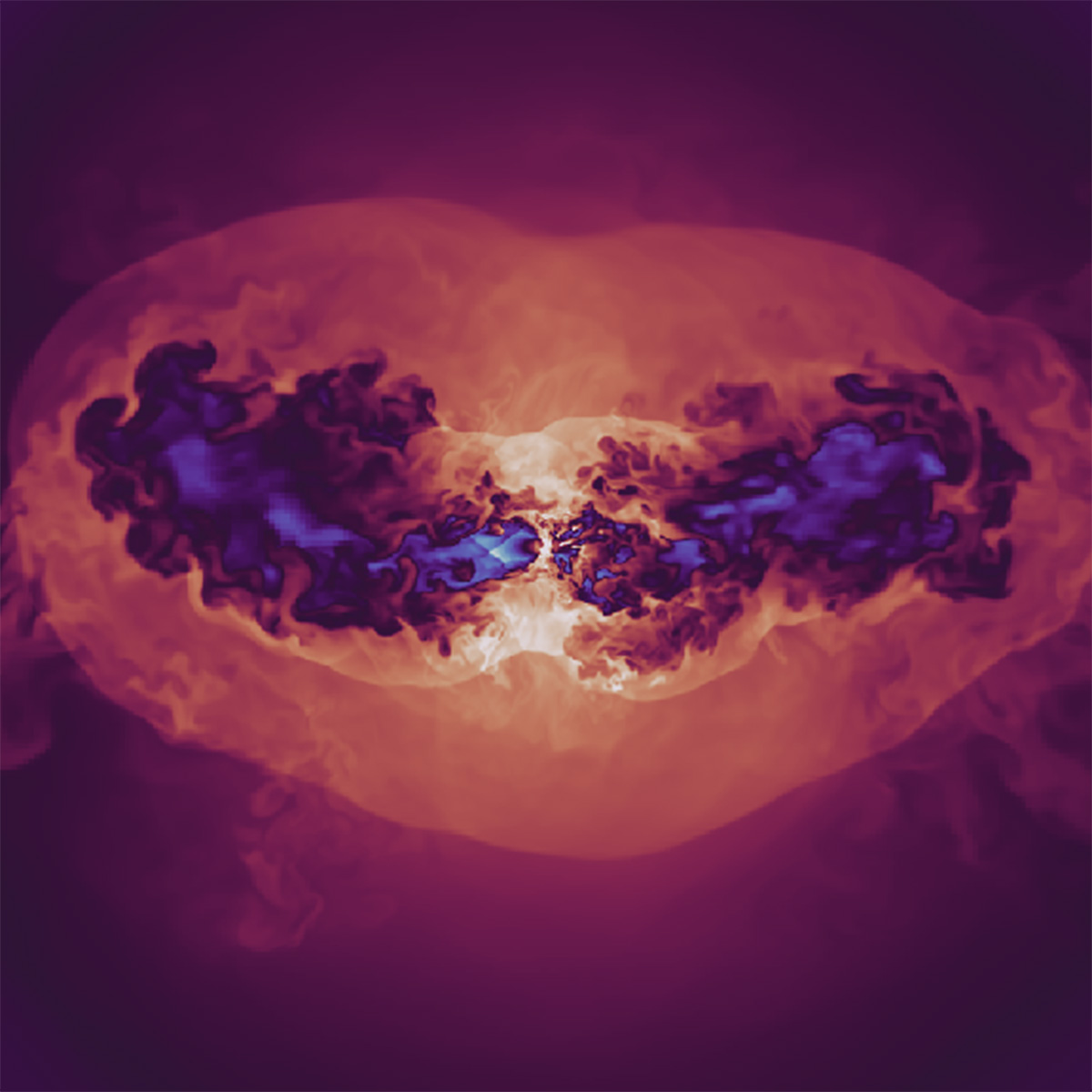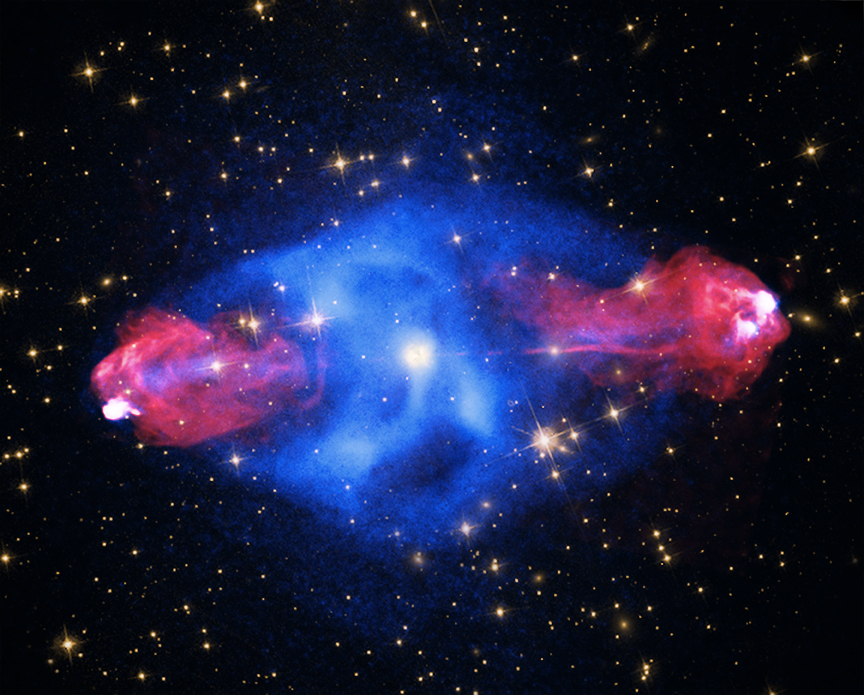Michigan State University is leading pioneering research on the world’s fastest supercomputer, thanks to a new grant from the U.S. Department of Energy.
The DOE has awarded an MSU-led team 1.3 million node hours of computation time on the Frontier supercomputer (Frontier is made up of 9,400 computing nodes, and one hour of computing on a single node is equal to one “node hour”).
Frontier is capable of performing up to 2 quintillion calculations per second and is currently the fastest supercomputer in the world.
With the grant, MSU researchers and their colleagues will harness the power of Frontier to better understand galaxies. Specifically, the team will be exploring the relationships between large galaxies, the seas of hot matter known as plasma that surround them and the supermassive black holes that exist at their centers.
In doing so, the team also will provide valuable leadership and learning experiences for the larger research community in how to work with this unprecedented computational technology. That community includes not only researchers interested in the cosmos, but also scientists and engineers studying plasma for fusion energy applications.
“The DOE has always supported computation, but they’ve also really supported open science and they’re doing that with the best supercomputers we have,” said Brian O’Shea, the grant’s leader.
O’Shea is a professor in MSU’s Department of Physics and Astronomy, the Facility for Rare Isotope Beams and the Department of Computational Mathematics, Science and Engineering, or CMSE, which is administered by both the College of Natural Science and the College of Engineering.
“The DOE wants researchers to push the boundaries computationally,” O’Shea said. “We’ll be studying galaxies and the physics of plasmas around galaxies, but we’ll also be pushing this new computer in ways it hasn’t been pushed before. The things we learn, the code we develop, these are tools that the community can adopt.”
In surpassing 1 quintillion calculations per second, Frontier established itself as what’s known as an exascale computer. With the DOE making its services available to researchers around the country through a competitive grant process, Frontier is the first public exascale computer.
Although the computer is new, the grant is part of an existing program called INCITE, which stands for Innovative and Novel Computational Impact on Theory and Experiment. The DOE launched INCITE in 2003 to accelerate science by awarding researchers access to supercomputers to help address large, challenging and computationally intensive problems.
“This is an exceptionally important year for us,” said Gina Tourassi in a recent announcement. Tourassi is the director of the National Center for Computational Sciences at Oak Ridge National Laboratory, the DOE lab that’s home to Frontier.
“Users now have access to a machine nearly ten times as powerful as our previous flagship system, opening up avenues throughout the whole of science that were until now completely inaccessible,” she said.
Postdoctoral researcher Benjamin Wibking and Professor G. Mark Voit in the Department of Physics and Astronomy round out the grant project’s contingent at MSU. Also joining the team are Forrest Glines at Los Alamos National Laboratory, Philipp Grete at the University of Hamburg in Germany and Deovrat Prasad at Cardiff University in Wales.







